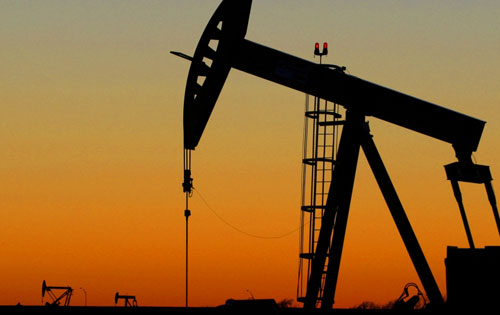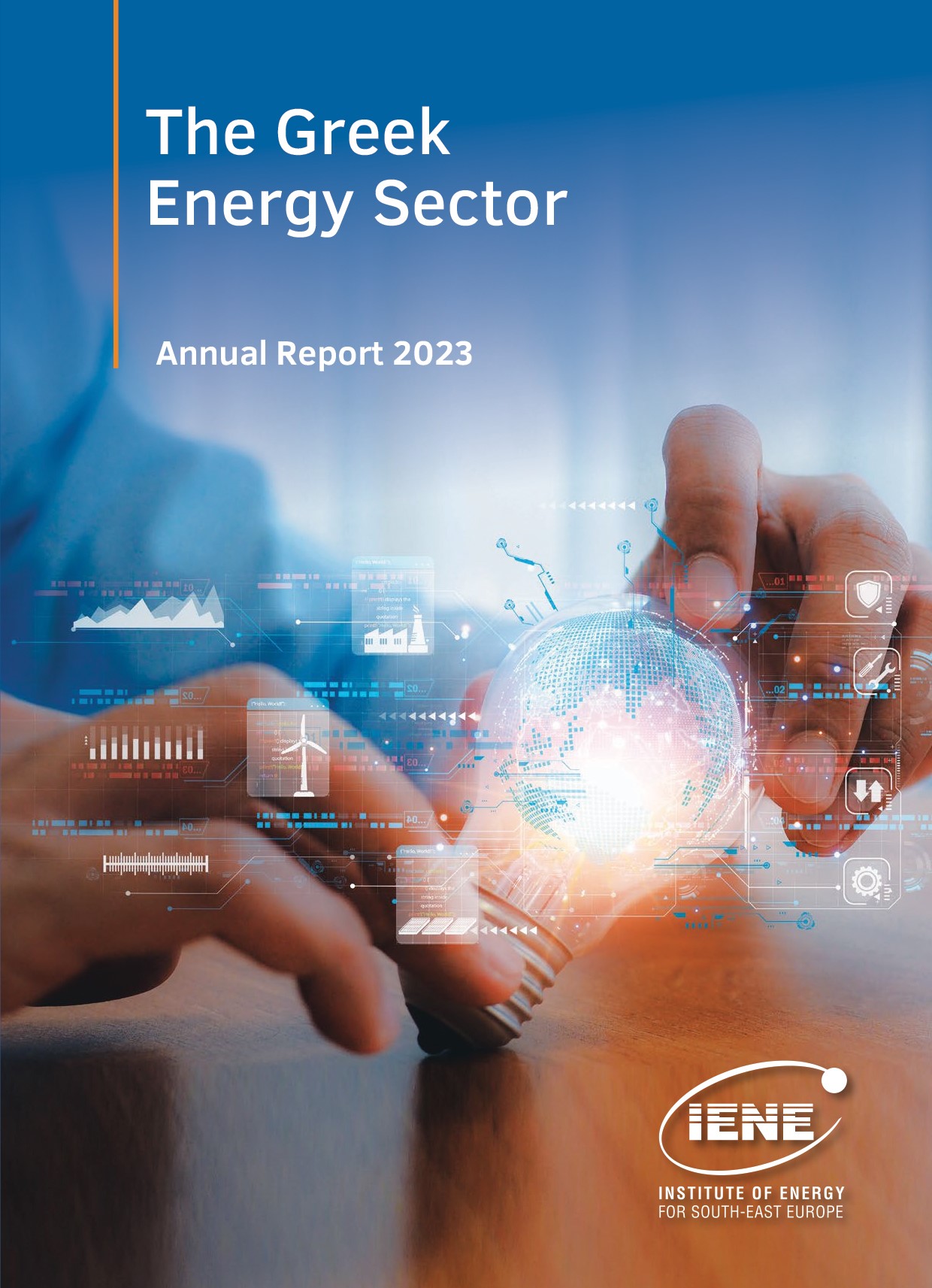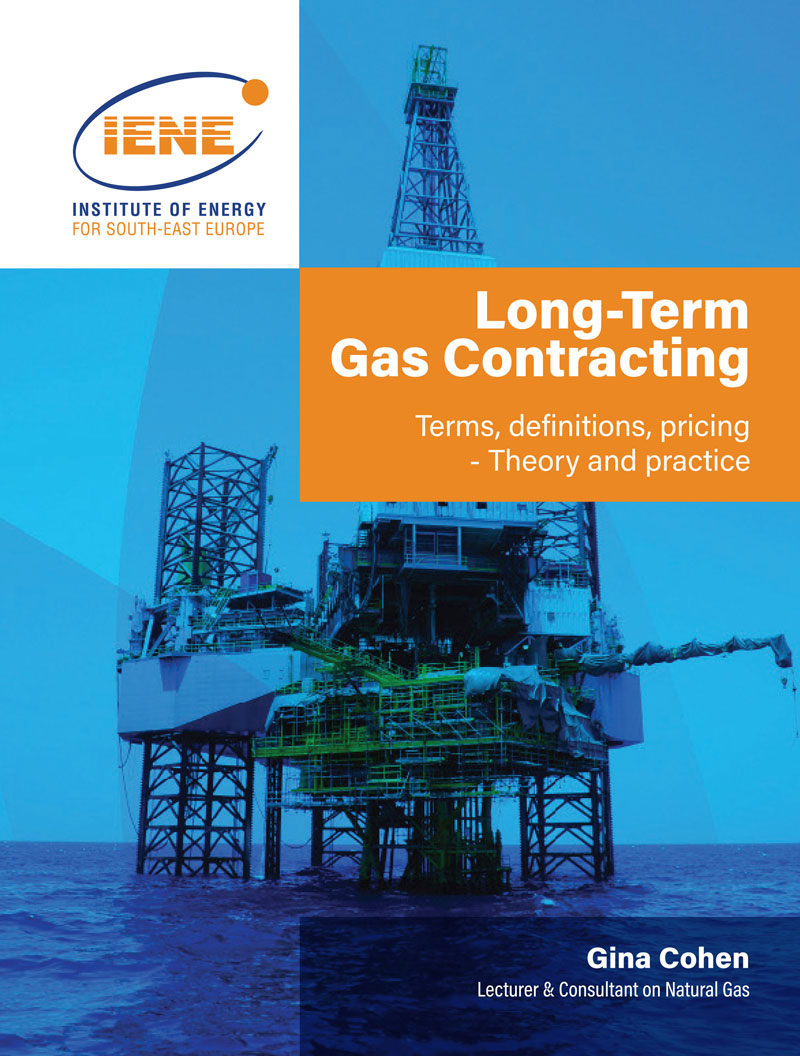The history of energy in the 20th century was mainly about oil; the struggle to find oil, to secure its supply and bring it to market. So important has been oil and its many by-products in fuelling, lubricating and transforming economies and societies over the past 100 years that many have failed to notice trends that are already changing the shape of energy demand in the 21st century.
The developed world is using much less oil. Consumption in the OECD is in long-term decline: in 2012 the industrialised countries used the same amount of oil as they did in 1995; today’s European Union countries are back at consumption levels last seen in 1967.
Despite rising consumption in the developing world, the share of oil in the global fuel mix is set to decline, in part due to rising transport fuel efficiency and in part due to the relentless growth in power generation where oil is little-used and where clean natural gas is gaining ground on coal. By 2035, the share of oil, natural gas and coal will be roughly equal: For the first time in human history, no single fuel will dominate the global economy.
And the world is getting better at generating more wealth out of each unit of energy. Globally, the rate of increase in energy demand is slowing. We are coming off a ‘hump’ in energy demand growth, driven by the industrialisation of poorer countries.
Energy use in the advanced economies will increase only very slowly and we expect that it will begin to decline from 2030. Indeed, energy consumption in the EU is unlikely to return to its 2006 level in the foreseeable future – raising the question whether it may be possible, after all, to achieve economic growth without energy consumption growth.
The key driver in this trend is falling energy intensity. In other words, the world is using less oil, gas and coal (and other fuels) to deliver each additional dollar of GDP. The transition from industrial to service economies, increased global integration, the tradability of fuels across border and continued technological improvement, as well as the removal of fuel subsidies and policies geared toward fuel efficiency all suggest that energy intensity will continue to decline. We see it in the transport sector today.
There is ample resource; thanks to the free play of market forces and imaginative engineering, huge oil and gas reserves that were once thought to be inaccessible are now changing the energy landscape in North America. These opportunities will gradually extend around the world. In terms of security, there are also grounds for optimism. Despite the recent turmoil in the Middle East, the global supply chain has coped very well. Moreover, the connections between energy markets are improving.
America’s newfound oil and gas independence is freeing up capacity, encouraging Arabian and African producers to seek new customers in Asian markets, where demand is buoyant. Siberian gas will soon be finding its way to Chinese power stations and a new energy corridor from the Caspian Sea will soon be bringing fuel from a BP-operated field in Azerbaijan into Europe.
The key remaining question is sustainability. Increasing demand for energy in the developing world will lead to a significant rise in carbon emissions. However, there again, there are grounds for optimism.
Carbon emissions fell in 2012 to 1995 levels in the US, thanks to increasing energy efficiency and a switch in power-generation fuel from coal to cheaper shale gas. The upheaval in US energy economics rebounded, however, causing an increase in carbon emissions in key European markets as displaced American coal found its way into Europe, encouraging utilities to burn coal rather than expensive natural gas.
Historically, the relentless improvements in energy intensity shown earlier are the main driver of slower emissions growth – without them, emissions in our 2035 projection would be more than 40 per cent higher. However, carbon intensity is also a function of changes in the fuel mix. And fuel mix changes contribute much less to emission reductions (8 per cent in our example). This is where the opportunity lies: Any substantial change in our energy mix towards lower carbon fuels requires price signals – the same mechanism that drives the relentless improvements in energy efficiency. Without it, the carbon content of the energy the world burns will remain the accidental consequence of other influences.
The gradual slowing of growth in energy demand that we anticipate over the next two decades delivers a positive message. The fusion of market forces with human ingenuity has the tendency to drive innovation and efficiency. Their interaction can shift the global economy in a more sustainable direction.
*Group chief economist at BP
(source: Financial Times, January 15, 2014)

 by Christof Ruehl*
by Christof Ruehl*







 More
More









